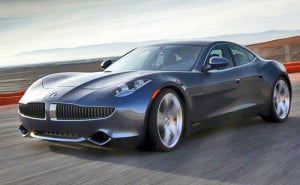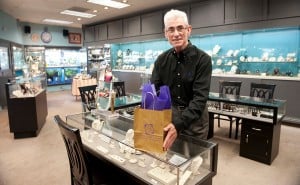Due to the poor economy, the oil industry is having a rough time enduring transportation costs from country to country. For decades, oil tankers have been the main source of transportation, carrying up to two million barrels of oil between the Middle East, Asia, and the United States. Unfortunately for the oil tanking business, operation costs over the past few years have been much more expensive than they have been in the past. This increase in price makes the shipping of the popular and much demanded natural resource nearly impossible and not worth it. Unlike what is usually the case, globalization in this situation for example is more costly to this particular industry than it would be to drill into our own soil. The only problem is that we find a larger supply of oil in foreign countries than we do our own.
To get an idea of how much this is costing the oil firms, analysts look at the forecasts from previous years. This collection of data has shown that the industry has lost more than $26 billion dollars in the past four years, and operation costs are higher than ever. To operate one of these extremely large vessels, it costs anywhere from ten to twelve thousand dollars per day. In 2007, operation costs peaked at $309,601 per day. That is unbelievable! Because these carriers are only making roughly $7,000 a day, there is a huge deficit. While such oil companies continue to lose so much money daily, they cannot possibly stay in business. The supply chain is not working in favor of firms; therefore, sustainability of the business comes into question. So what should these oil tanking firms do? How can they cut costs? Is it possible to adjust the supply chain or is it a lost cause?
I think that at such a loss like this, the amount of ships in operation should decrease drastically, causing less expenses to be paid. That is the only way they can keep their heads above water, although they are already sinking in debt. New York’s Overseas Shipholding Group filed for bankruptcy last year, and I am sure they will not be the last to do so. I feel for these dying companies because many of them entered into contracts before the economic crisis occurred, and now they are stuck in a failing industry, losing more than they gained from the contracts to begin with.
Other possible options for consumers that effect the oil firms is innovation. It is not uncommon to see on TV or read in the newspaper alternatives to oil resources. At the Chicago Auto Show every year, concept cars are on display that use battery powered systems to replace oil. These are more cost efficient and do not require the use of oil tankers. What do you think will be the result of the oil industry failing? How do you think consumers should react to this? How do you think the government should react to this?
Sources:
http://online.wsj.com/article/SB10001424127887323741004578418652461117968.html









